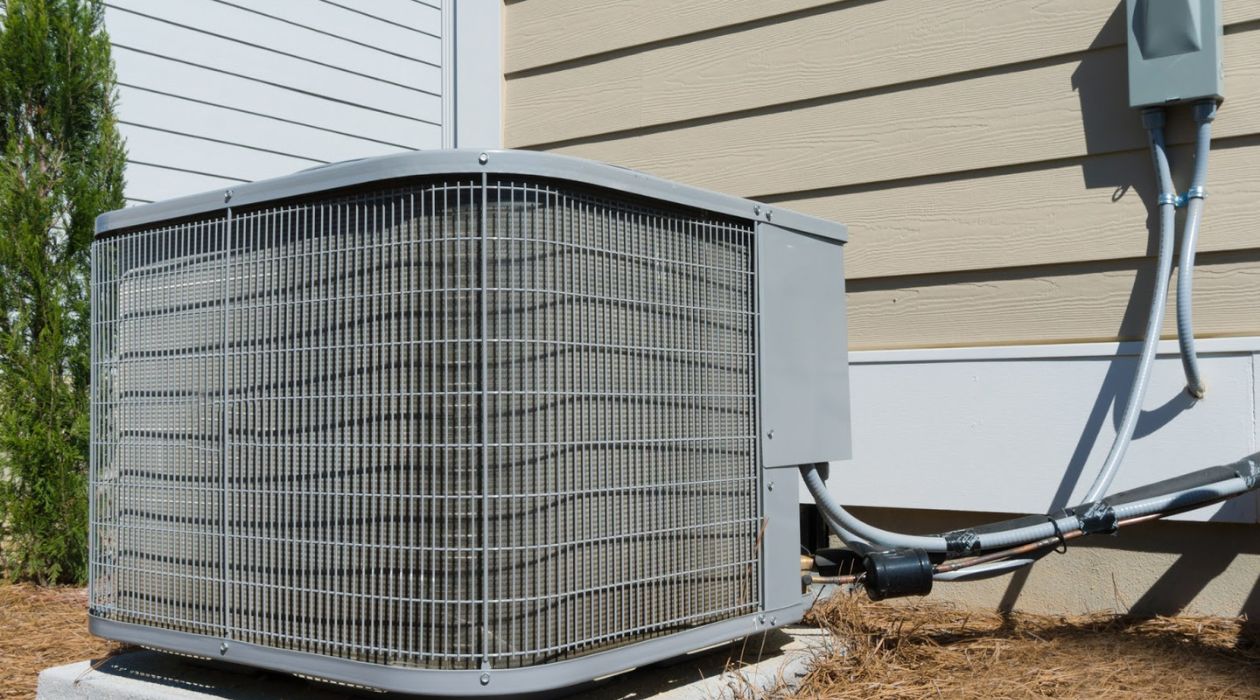

Articles
What Is A Condenser In HVAC
Modified: January 19, 2024
Learn everything you need to know about condensers in HVAC systems. Read our informative articles to understand their functionality and importance.
(Many of the links in this article redirect to a specific reviewed product. Your purchase of these products through affiliate links helps to generate commission for Storables.com, at no extra cost. Learn more)
Introduction
Welcome to the world of HVAC systems! Whether you’re a homeowner, a business owner, or simply curious about how air conditioning works, understanding the different components of an HVAC system is essential. One crucial component to be familiar with is the condenser. In this article, we’ll explore what a condenser is, its function, and its importance in HVAC systems.
When it comes to HVAC systems, the condenser plays a vital role in the cooling process. It contributes to the overall efficiency of the system and ensures that indoor spaces remain comfortable, even during scorching summer days. So, let’s dive right in and unravel the mysteries behind the condenser in HVAC systems.
Key Takeaways:
- The condenser is a crucial component of HVAC systems, responsible for transferring heat from indoor air to the outside environment, contributing to energy efficiency, and ensuring comfortable indoor temperatures.
- Regular maintenance and prompt troubleshooting are essential for keeping condensers in optimal condition, preventing common issues, and prolonging the lifespan of HVAC systems.
Read more: What Is A Condenser Dryer
Definition of a Condenser
A condenser is a key component of an HVAC system that is responsible for removing heat from the refrigerant. It is typically located on the outside of a building or on the roof and works in conjunction with the evaporator coil inside the building to facilitate the heat transfer process.
The main function of a condenser is to release the heat absorbed from indoor spaces into the surrounding environment. It accomplishes this by using a compressor to increase the pressure of the refrigerant, causing it to transition from a gas to a high-pressure liquid. As the refrigerant flows through the condenser coil, it releases heat and cools down, ready to be cycled back into the system for further cooling.
In simpler terms, the condenser acts as a heat exchanger that removes heat from the indoor air and transfers it outside, allowing the cooling cycle to continue efficiently. It plays a crucial role in maintaining the desired temperature and humidity levels in a building, ensuring comfort and providing a pleasant living or working environment.
Function of a Condenser
The primary function of a condenser in an HVAC system is to transfer heat from the indoor air to the outside environment. It plays a crucial role in the cooling process, complementing the evaporator coil’s function by completing the refrigeration cycle. Let’s explore the functions of a condenser in more detail.
Heat Transfer: The condenser facilitates the transfer of heat from the refrigerant, which has absorbed heat from the indoor air, to the outside environment. By condensing the high-pressure refrigerant vapor into a liquid, the condenser releases the heat energy absorbed during the cooling process, effectively cooling down the refrigerant and preparing it for the next cycle.
Pressure Regulation: Along with heat transfer, the condenser is also responsible for regulating the pressure of the refrigerant. The compressor raises the pressure of the refrigerant, transforming it into a high-pressure gas. As the gas flows through the condenser coil, it gradually condenses into a liquid state due to the heat exchange process. The condenser’s design and tubing dimensions are crucial in maintaining the proper pressure in the HVAC system.
Loss of Heat: During the heat transfer process, the condenser dissipates heat into the surrounding environment. This release of heat occurs through the condenser coil, which provides a large surface area for effective heat dissipation. By shedding heat, the condenser ensures that the refrigerant is cooled down and ready to repeat the cooling cycle, efficiently maintaining the desired temperature inside the building.
In summary, the primary function of a condenser is to transfer heat from the indoor air to the outside environment. Through the process of condensation, the condenser plays a crucial role in cooling the refrigerant, regulating its pressure, and dissipating heat from the HVAC system. Without a properly functioning condenser, the efficiency and effectiveness of the entire HVAC system would be compromised, leading to inadequate cooling and discomfort indoors.
Components of a Condenser
A condenser in an HVAC system consists of several key components that work together to facilitate the heat transfer process. Let’s take a closer look at the main components that make up a condenser:
- Condenser Coil: The condenser coil is a vital part of the condenser and is responsible for facilitating heat transfer. It is typically made of copper or aluminum and is designed with finned or tube-in-tube configurations to maximize surface area and heat dissipation. The refrigerant flows through the condenser coil, allowing for efficient release of heat into the surrounding environment.
- Compressor: The compressor is another essential component of the condenser. It is responsible for pressurizing the refrigerant and propelling it through the condenser coil. The compressor increases the pressure and temperature of the refrigerant, transforming it from a low-pressure gas to a high-pressure gas. This high-pressure state prepares the refrigerant for condensation in the condenser coil.
- Condenser Fan: The condenser fan is located near the condenser coil and plays a crucial role in the heat dissipation process. It draws ambient air over the condenser coil, enhancing the heat transfer process. The condenser fan operates in tandem with the compressor and helps maintain optimal operating temperatures by efficiently dissipating heat from the coil.
- Condenser Fan Motor: The condenser fan motor drives the movement of the condenser fan and is responsible for keeping the air flowing smoothly over the condenser coil. It is typically an electric motor that operates at varying speeds, depending on the cooling needs of the HVAC system.
- Condenser Housing: The condenser housing is the protective enclosure that houses the condenser components. It is usually made of durable materials like metal or plastic to shield the internal components from the elements and ensure their proper functioning. The housing also provides a platform for mounting the condenser unit securely.
These are the fundamental components that make up a condenser in an HVAC system. Each component plays a crucial role in ensuring heat transfer, pressure regulation, and efficient operation. By working together harmoniously, these components enable the condenser to perform its function of releasing heat and maintaining optimal cooling performance.
Types of Condensers in HVAC Systems
There are several different types of condensers used in HVAC systems, each with its own set of advantages and applications. Let’s explore some of the common types of condensers:
- Air-Cooled Condenser: Air-cooled condensers are the most commonly used type in residential and light commercial HVAC systems. They consist of a condenser coil and a condenser fan that draws ambient air over the coil to dissipate heat. Air-cooled condensers are relatively compact, easy to install, and require less maintenance compared to other types.
- Water-Cooled Condenser: Water-cooled condensers use water as a medium to remove heat from the refrigerant. They are often used in large commercial and industrial applications where significant cooling capacities are required. Water-cooled condensers are typically more efficient than air-cooled condensers and allow for precise temperature control. However, they require a separate water source and additional plumbing infrastructure.
- Evaporative Condenser: Evaporative condensers combine the features of air-cooled and water-cooled condensers. They use water and air to remove heat from the refrigerant. The condenser coil is surrounded by a wetted pad or spray system, which allows the air to cool down by evaporating the water. Evaporative condensers are commonly used in areas with high ambient temperatures or where water availability is limited.
- Shell and Tube Condenser: Shell and tube condensers are often used in larger commercial and industrial HVAC systems. They consist of a bundle of tubes where the refrigerant flows and a shell that surrounds the tubes. This design allows for effective heat transfer between the refrigerant and a cooling medium, usually water. Shell and tube condensers offer high heat transfer efficiency and are suitable for applications requiring heavy-duty cooling.
- Cooling Tower: While not strictly a type of condenser, cooling towers are an integral part of many HVAC systems that utilize water-cooled condensers. Cooling towers provide a large surface area for heat exchange between the water and the surrounding air. By evaporating a portion of the water, cooling towers remove heat from the system and maintain the desired temperature. Cooling towers are commonly used in large-scale HVAC systems, such as those found in office buildings or industrial facilities.
These are just a few examples of the types of condensers used in HVAC systems. The choice of condenser type depends on factors such as the cooling capacity requirements, space availability, energy efficiency goals, and budget considerations. Consulting with a qualified HVAC professional can help determine the most suitable condenser type for specific applications.
Read more: What Is An Air Conditioner Condenser
Working Principle of a Condenser
The working principle of a condenser in an HVAC system revolves around the process of heat transfer and phase change. The condenser is responsible for converting high-pressure refrigerant vapor into a high-pressure liquid by releasing heat. Let’s dive into the working principle of a condenser and explore how it facilitates the cooling process.
When the refrigerant enters the condenser from the compressor, it is in a hot, high-pressure vapor state. The condenser’s primary objective is to extract the heat energy absorbed from the indoor air and release it into the outside environment. The process begins as the refrigerant flows through the condenser coil, which is typically made of copper or aluminum for optimal heat transfer.
As the refrigerant travels through the condenser coil, it is exposed to ambient air or a cooling medium, depending on the type of condenser. This exposure allows the refrigerant to release heat and undergo a phase change from a high-pressure vapor to a high-pressure liquid. The release of heat causes the refrigerant to cool down, preparing it to continue the cooling cycle.
The condenser achieves the heat transfer process through a combination of factors. First, the large surface area provided by the condenser coil maximizes the contact between the refrigerant and the cooling medium, facilitating efficient heat exchange. Second, the condenser fan, if present, helps draw ambient air over the coil, enhancing the heat dissipation process.
As the refrigerant condenses into a liquid state within the condenser coil, the high-pressure liquid is then sent to the expansion valve or metering device, which regulates the flow of refrigerant into the evaporator coil of the HVAC system. The newly cooled, high-pressure liquid refrigerant is now ready to absorb heat from the indoor air, restarting the cooling cycle.
In summary, the working principle of a condenser involves the conversion of high-pressure refrigerant vapor into a high-pressure liquid by releasing heat. Through a combination of heat transfer, phase change, and efficient heat dissipation, the condenser plays a crucial role in maintaining efficient cooling capabilities in an HVAC system.
Regular maintenance of the condenser in your HVAC system is essential to ensure efficient cooling. Keep the area around the condenser clear of debris and vegetation to allow for proper airflow.
Importance of a Condenser in HVAC Systems
The condenser is a critical component of an HVAC system and holds significant importance in ensuring the overall efficiency and effectiveness of the cooling process. Let’s explore why the condenser is essential in HVAC systems and the importance it carries:
- Heat Removal: The primary function of a condenser is to remove heat from the indoor air and release it into the outside environment. By transferring heat from the refrigerant, which has absorbed heat from the indoor space, the condenser plays a vital role in maintaining comfortable temperatures indoors. Without a fully functional condenser, the system would struggle to cool the air adequately and maintain desired temperature levels.
- Efficiency: A properly functioning condenser contributes to the overall efficiency of the HVAC system. By effectively dissipating heat, the condenser ensures that the refrigerant is cooled down and ready to repeat the cooling cycle. This efficient heat transfer minimizes energy wastage and reduces the load on other system components, leading to energy savings and lower operating costs.
- Humidity Control: In addition to removing heat, the condenser also aids in controlling humidity levels within the indoor space. As the warm air passes over the condenser coil, it causes moisture in the air to condense, effectively reducing humidity. This helps create a more comfortable environment and prevents the growth of mold and mildew, which thrive in damp conditions.
- Longevity of the System: A well-maintained condenser can contribute to the longevity of the entire HVAC system. Regular maintenance, including cleaning the condenser coils and inspecting for any potential issues, ensures that the condenser operates optimally. By taking care of the condenser, homeowners or facility managers can extend the lifespan of the HVAC system and avoid premature breakdowns or costly repairs.
- Environmental Impact: An efficiently operating condenser can also have a positive environmental impact. By optimizing the cooling process, condensers reduce the energy consumption required for cooling, which in turn reduces greenhouse gas emissions. Energy-efficient condensers can contribute to a greener, more sustainable future by conserving energy resources and minimizing carbon footprint.
In summary, the condenser in an HVAC system holds immense importance. It plays a crucial role in heat removal, ensuring efficient operation, controlling humidity levels, prolonging the system’s lifespan, and reducing environmental impact. Understanding the significance of a condenser emphasizes the need for regular maintenance and attention to ensure its optimal performance and overall system efficiency.
Maintenance and Troubleshooting of Condensers
Maintaining a condenser in proper working condition is essential to ensure the efficiency and longevity of an HVAC system. Regular maintenance and prompt troubleshooting can prevent potential issues and keep the condenser operating optimally. Let’s explore some maintenance tips and common troubleshooting techniques for condensers:
Maintenance:
- Cleaning the Condenser Coils: Over time, dirt, debris, and dust can accumulate on the condenser coils, reducing their efficiency and hindering heat transfer. Regularly cleaning the condenser coils helps maintain optimal heat dissipation and prevents strain on the system. Use a soft brush or a low-pressure hose to gently clean the coils, being careful not to damage them.
- Inspecting and Cleaning the Condenser Fan: The condenser fan is responsible for drawing air over the condenser coils for effective heat dissipation. Inspect the fan blades for any damage, and clean them if they are dirty or obstructed. Ensure that the fan motor is functioning properly and lubricate it as per the manufacturer’s guidelines.
- Checking for Refrigerant Leaks: A refrigerant leak can compromise the cooling performance of the condenser. Regularly inspect the refrigerant lines, connections, and fittings for any signs of leakage. If you notice any leaks or a decrease in cooling efficiency, contact a professional HVAC technician to address the issue and repair any leaks.
- Monitoring Condenser Airflow: Adequate airflow is crucial for the condenser to function efficiently. Make sure that there are no obstructions near the condenser that could restrict airflow. Trim any vegetation or debris that may be blocking the airflow and maintain a clear space around the condenser unit.
- Scheduling Professional Maintenance: It is recommended to schedule annual maintenance with a certified HVAC technician. A professional inspection will include comprehensive checks, cleaning, and calibration of the condenser components, ensuring optimal performance and identifying any potential issues before they escalate.
Troubleshooting:
- Poor Cooling Performance: If you notice that your HVAC system is not cooling effectively, the condenser could be a potential culprit. Check the condenser coils for any dirt or debris buildup and clean them if necessary. Ensure that the condenser fan is running correctly and that there are no obstructions blocking airflow to the unit.
- Strange Noises: Unusual noises coming from the condenser could indicate a problem. Grinding or screeching sounds may signify a faulty motor or worn-out fan blades. If you hear any strange noises, it is best to contact a professional technician to diagnose and address the issue promptly.
- Condenser Not Running: If the condenser is not running at all, check if there is power supply to the unit. Inspect the electrical connections and check for any blown fuses or tripped circuit breakers. If the condenser still doesn’t start, it could be a more complex electrical issue that requires the expertise of a professional technician.
- Icing or Frost on the Condenser: Ice or frost buildup on the condenser coils could indicate a refrigerant issue or a problem with airflow. Turn off the system and allow the ice to melt. Check for any airflow restrictions or refrigerant leaks. If the problem persists, contact a professional technician to diagnose and resolve the issue.
Regular maintenance and troubleshooting are essential to ensure the optimal performance of a condenser in an HVAC system. By following these maintenance tips and promptly addressing any issues that arise, homeowners and facility managers can keep their condensers in top shape, ensuring efficient cooling and minimizing the risk of costly repairs or system breakdowns.
Common Issues with Condensers in HVAC Systems
Condensers in HVAC systems are subject to various issues that can affect their performance and the overall efficiency of the cooling process. Understanding these common issues can help homeowners and facility managers identify and address problems promptly. Let’s explore some of the most common issues encountered with condensers:
- Dirty or Clogged Condenser Coils: Accumulation of dirt, debris, and dust on the condenser coils is a common issue that hampers heat transfer and reduces the condenser’s efficiency. Buildup on the coils can lead to decreased cooling capacity and higher energy consumption. Regular cleaning and maintenance of the condenser coils are essential to prevent this problem.
- Refrigerant Leaks: Refrigerant leaks can occur due to various reasons, including age, corrosion, or damage to the refrigerant lines. Leaks result in a loss of refrigerant, which can negatively impact the cooling performance of the condenser and the entire HVAC system. Timely detection and repair of refrigerant leaks are crucial to maintain optimal cooling efficiency.
- Condenser Fan Issues: If the condenser fan is not functioning properly, it can cause an array of problems. A faulty fan motor, damaged fan blades, or a malfunctioning fan relay can lead to inadequate airflow, reduced heat transfer, and increased energy consumption. Regular inspection and maintenance of the condenser fan are necessary to prevent such issues.
- Electrical Problems: Electrical issues can affect the functionality of the condenser. Problems such as faulty electrical connections, malfunctioning capacitors, or tripped circuit breakers can cause the condenser to stop working or operate inefficiently. These issues require the expertise of a professional HVAC technician to diagnose and resolve safely.
- Overheating Condenser: Overheating of the condenser can occur due to airflow restrictions, such as a dirty air filter, blocked vents, or debris around the unit. Insufficient airflow leads to inadequate heat dissipation, causing the condenser to overheat and potentially malfunction. Regular maintenance and cleaning of the condenser are necessary to prevent this issue.
- Noises and Vibrations: Unusual noises or excessive vibrations coming from the condenser may indicate problems with the motor, fan, or other components. Grinding, screeching, or rattling sounds should be addressed promptly to prevent further damage and ensure optimal condenser performance.
- Improper Sizing or Installation: Incorrect sizing or installation of the condenser can lead to inefficiencies and reduced cooling capacity. A condenser that is too small for the space it is cooling will have to work harder to achieve the desired temperature, leading to increased energy consumption. Proper sizing and professional installation are essential to ensure the condenser operates efficiently.
Regular maintenance, professional inspections, and prompt troubleshooting are essential for preventing and resolving these common issues with condensers in HVAC systems. By addressing these issues promptly and ensuring the proper functioning of the condenser, homeowners and facility managers can maintain a comfortable indoor environment while optimizing energy efficiency.
Conclusion
The condenser is a vital component of an HVAC system, playing a crucial role in the cooling process and ensuring the overall efficiency and effectiveness of the system. It works by transferring heat from the indoor air into the outside environment, allowing for the cooling cycle to continue. Understanding the condenser and its function is essential for homeowners, business owners, and anyone interested in HVAC systems.
Throughout this article, we’ve explored the definition of a condenser, its components, types, working principle, and importance in HVAC systems. We’ve also discussed maintenance tips, troubleshooting techniques, and common issues that can arise with condensers.
From regular cleaning of condenser coils and inspecting condenser fans to checking for refrigerant leaks and addressing electrical problems, proper maintenance is necessary to ensure the optimal performance and longevity of the condenser. Troubleshooting issues such as poor cooling performance, unusual noises, and overheating can help identify and resolve problems before they escalate.
By understanding the importance of the condenser and taking proactive steps to maintain it, homeowners and facility managers can ensure efficient cooling, enhance energy efficiency, and prolong the lifespan of their HVAC systems. Regular professional maintenance and timely repairs are key to keeping the condenser operating optimally and preventing costly breakdowns.
In conclusion, the condenser is a critical component of an HVAC system that plays a significant role in removing heat, maintaining comfortable temperatures, controlling humidity levels, and ensuring overall cooling efficiency. A well-maintained condenser contributes to energy savings, environmental sustainability, and a comfortable indoor environment. Treating the condenser with care and giving it the attention it deserves will go a long way in enjoying the benefits of a well-functioning HVAC system.
Frequently Asked Questions about What Is A Condenser In HVAC
Was this page helpful?
At Storables.com, we guarantee accurate and reliable information. Our content, validated by Expert Board Contributors, is crafted following stringent Editorial Policies. We're committed to providing you with well-researched, expert-backed insights for all your informational needs.
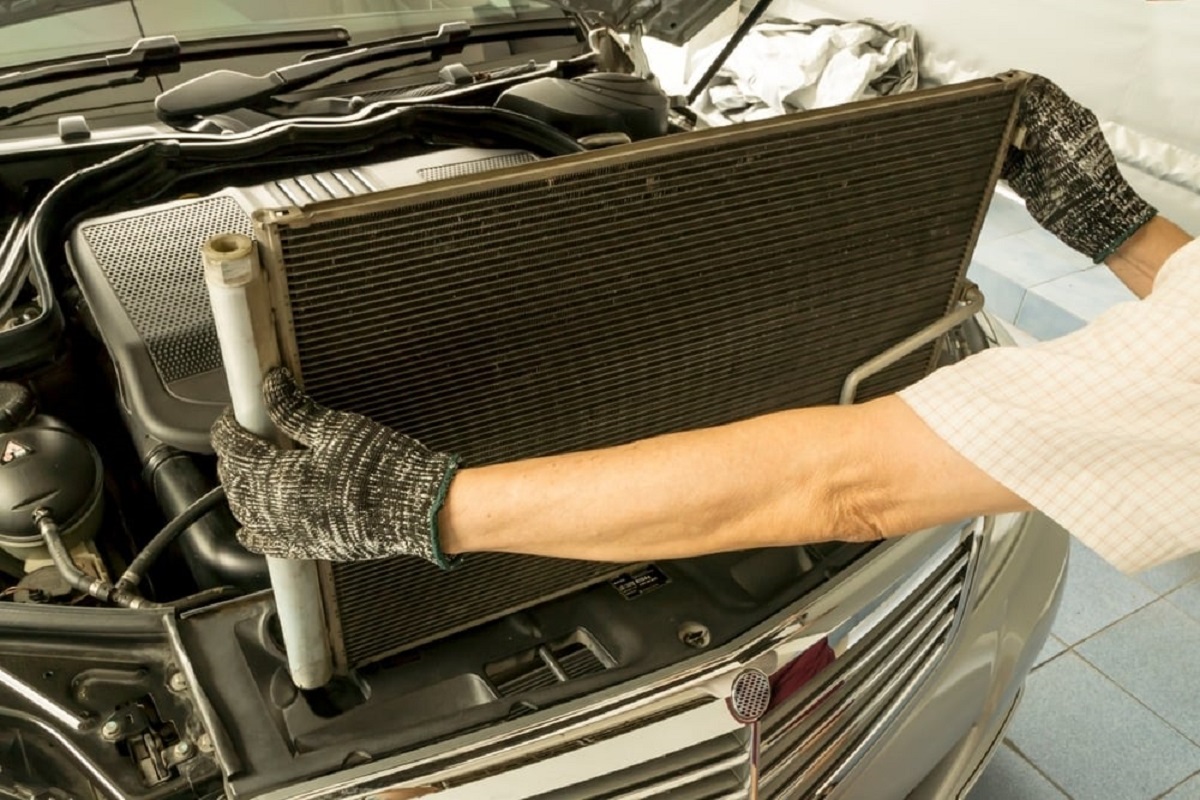
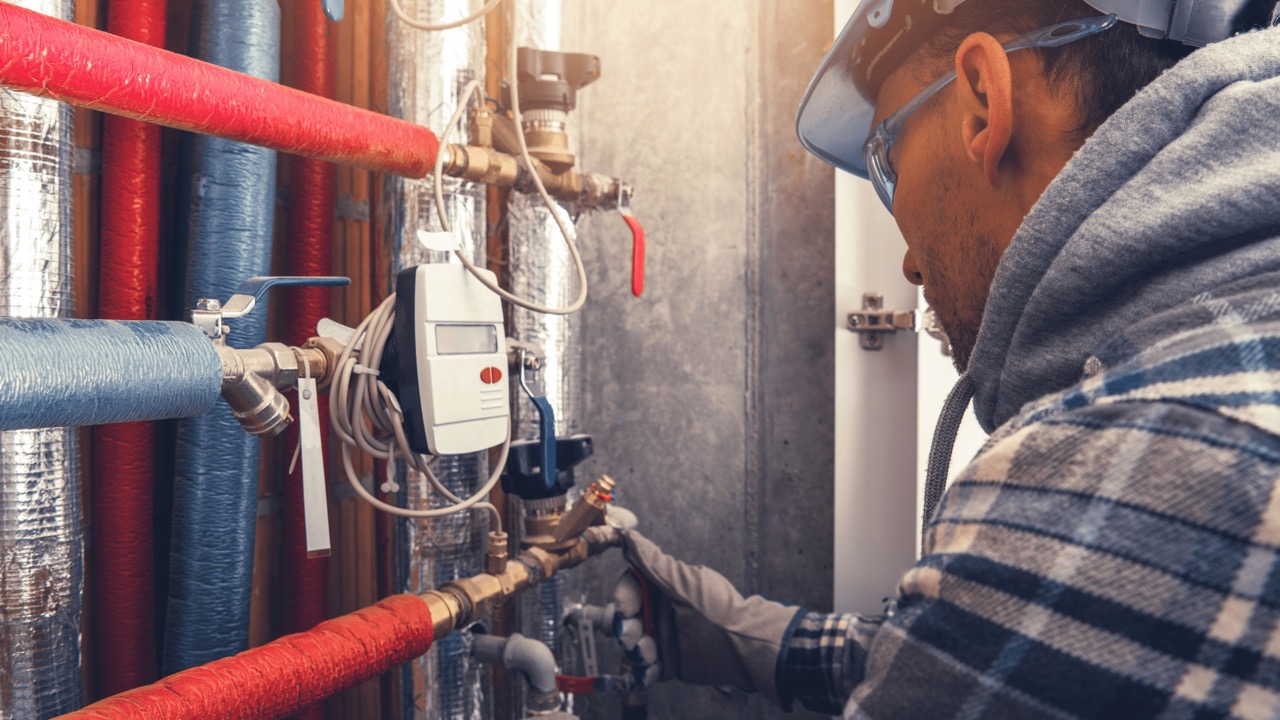
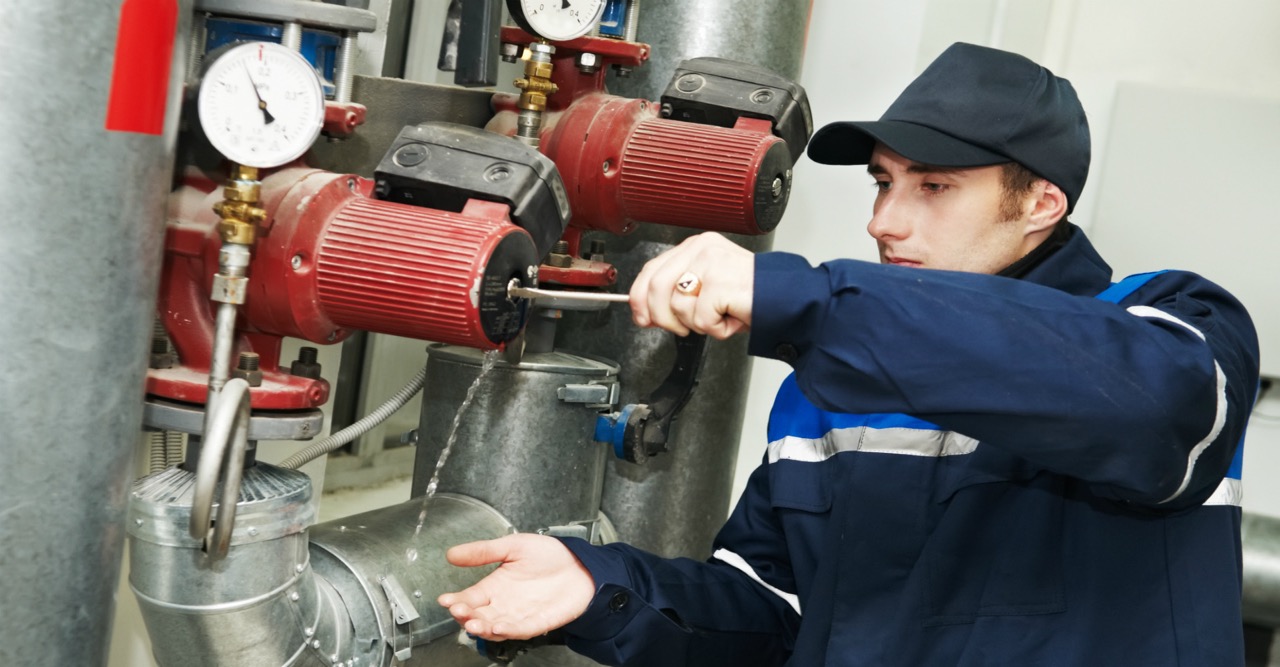
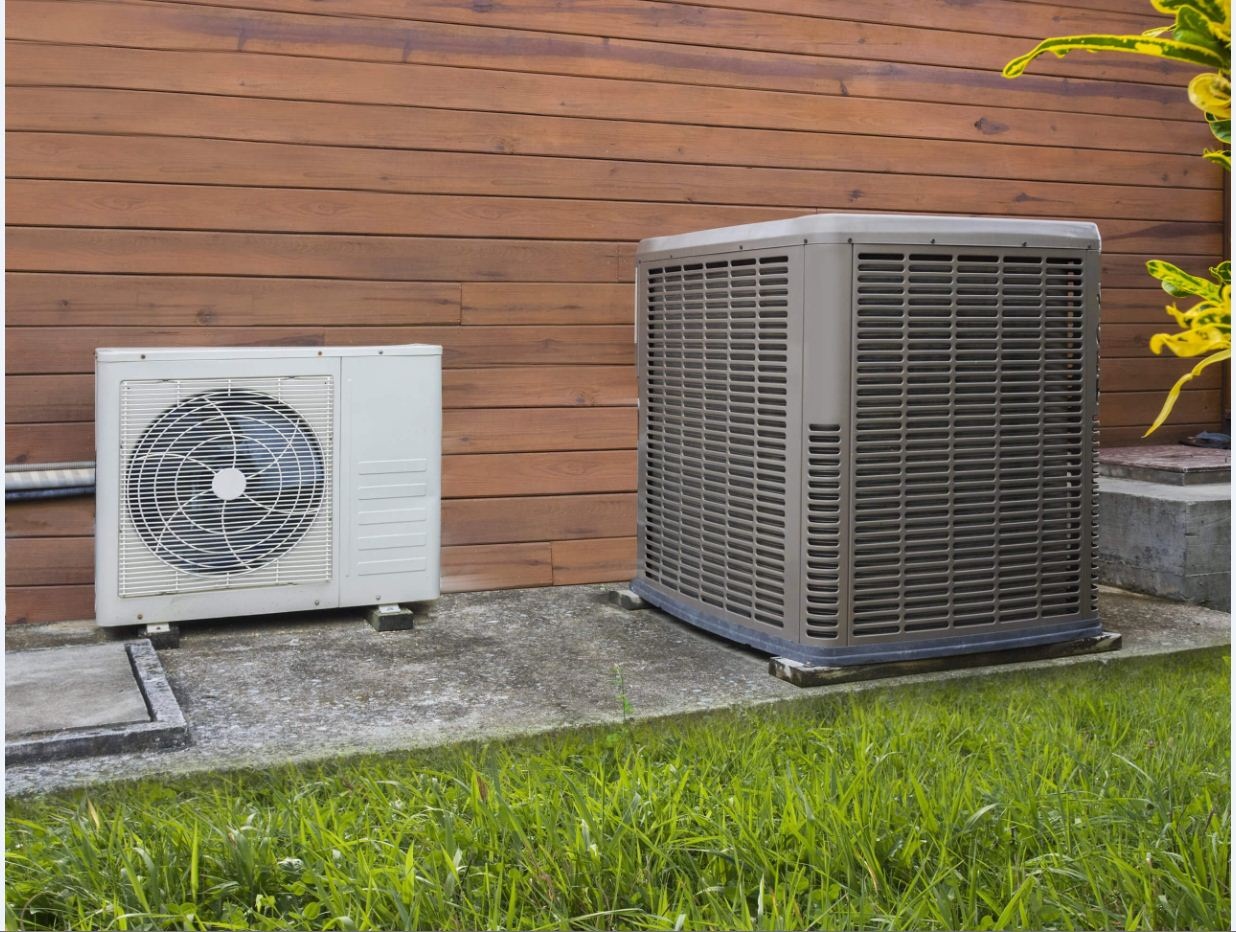
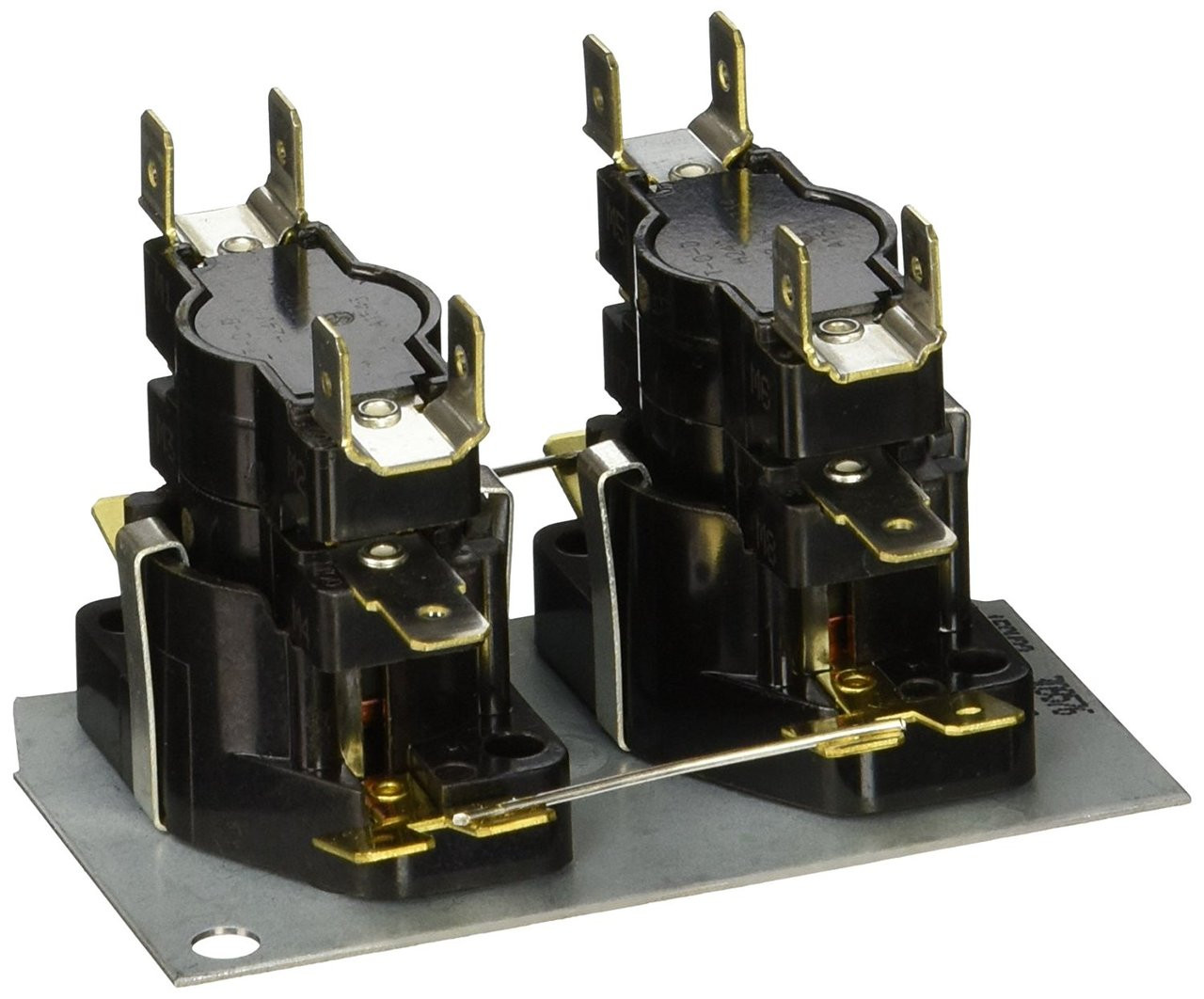
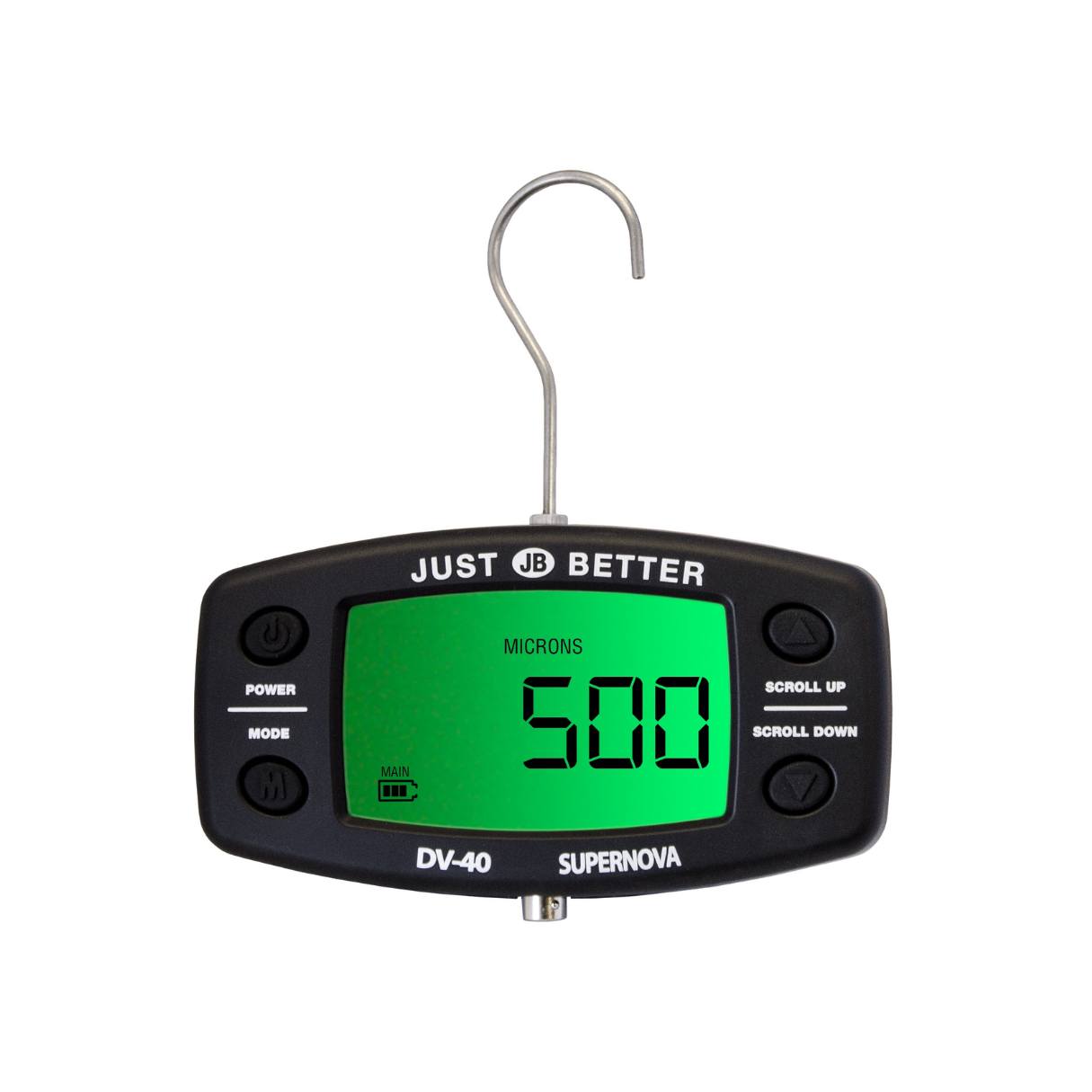
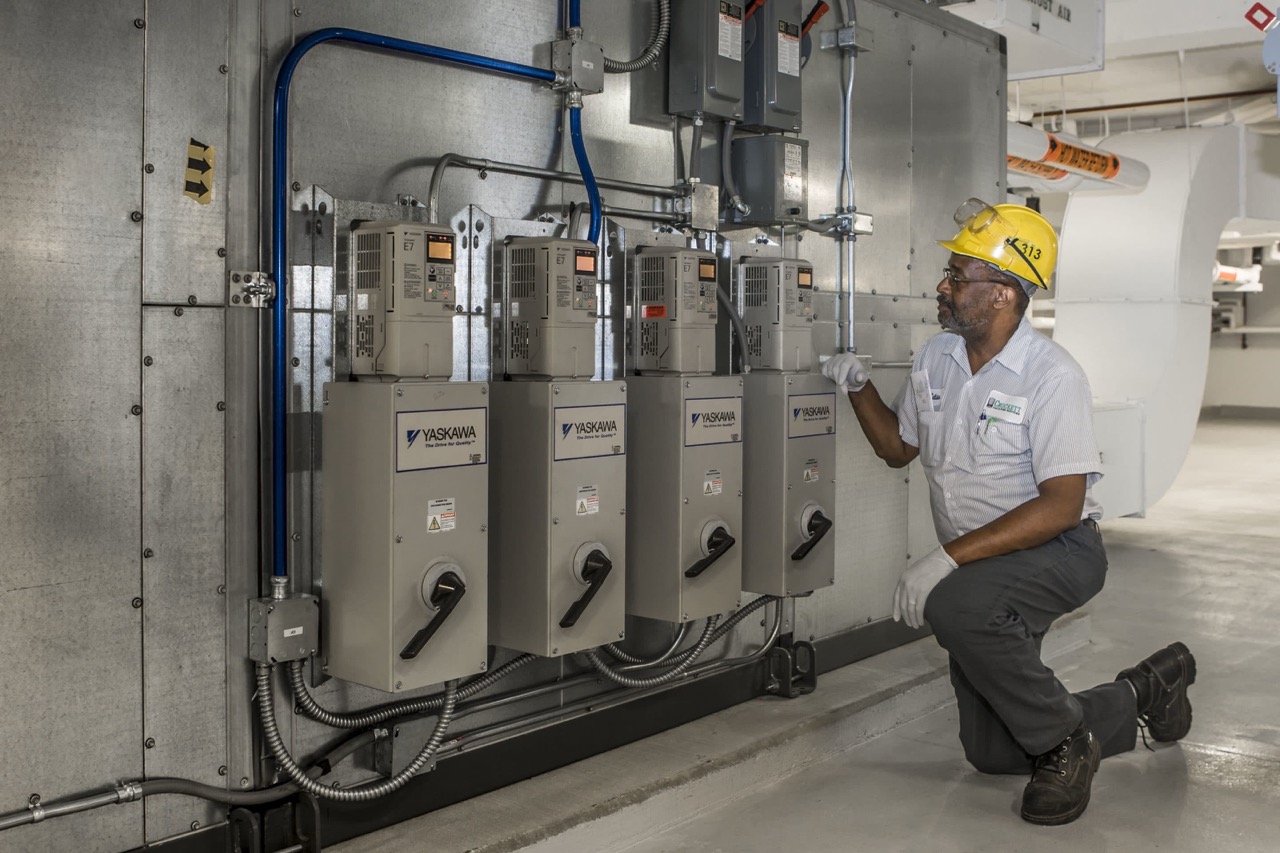
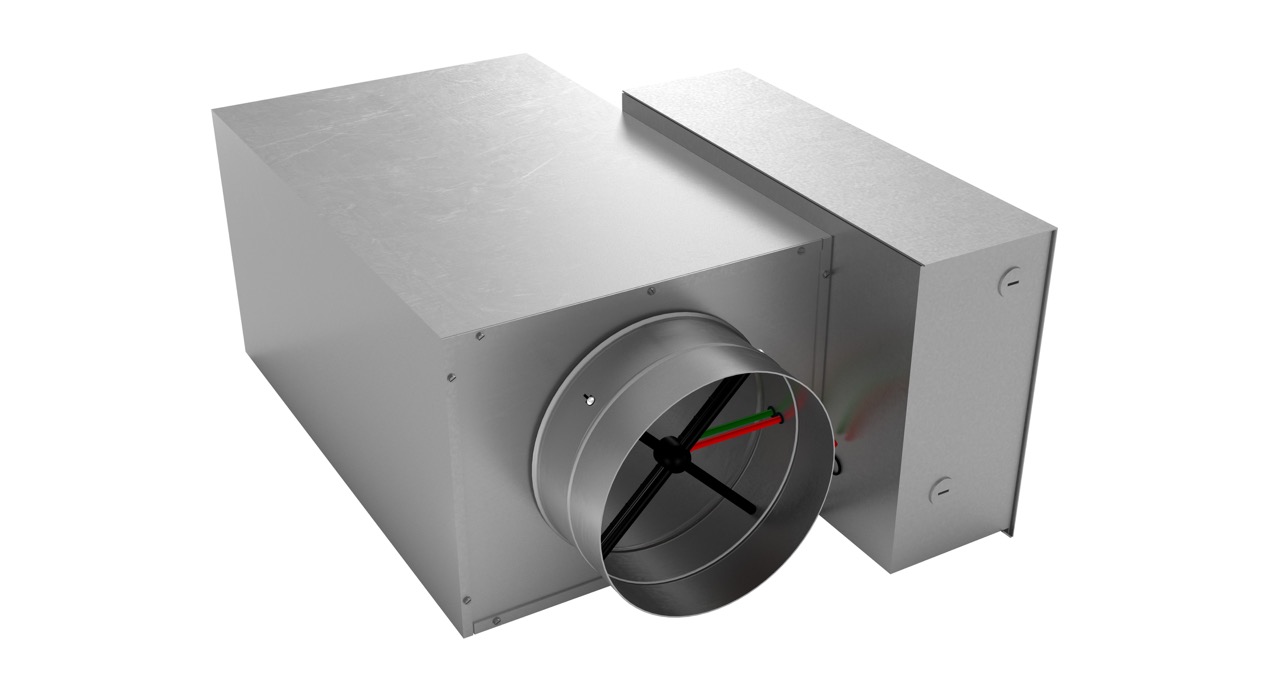
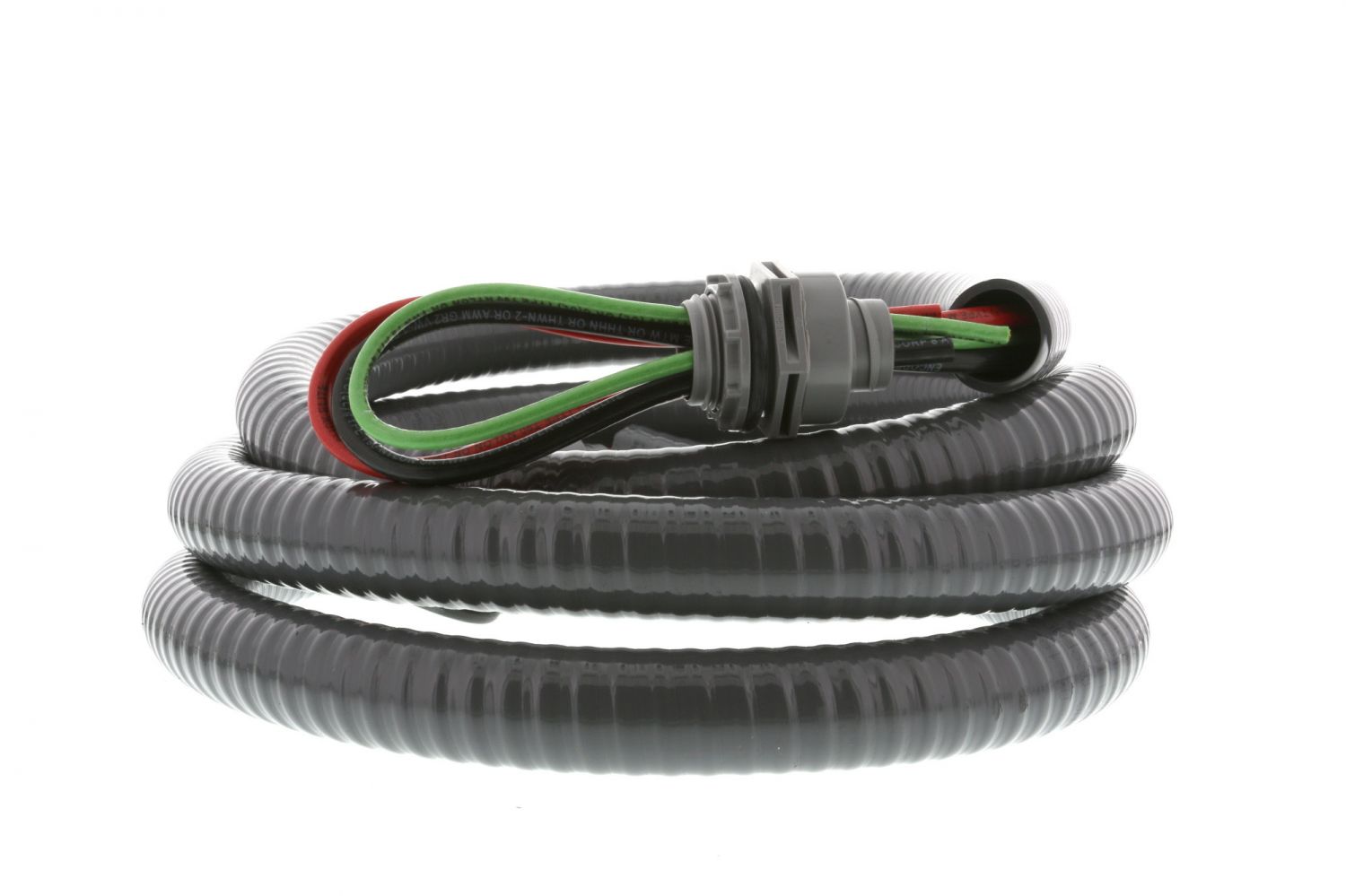
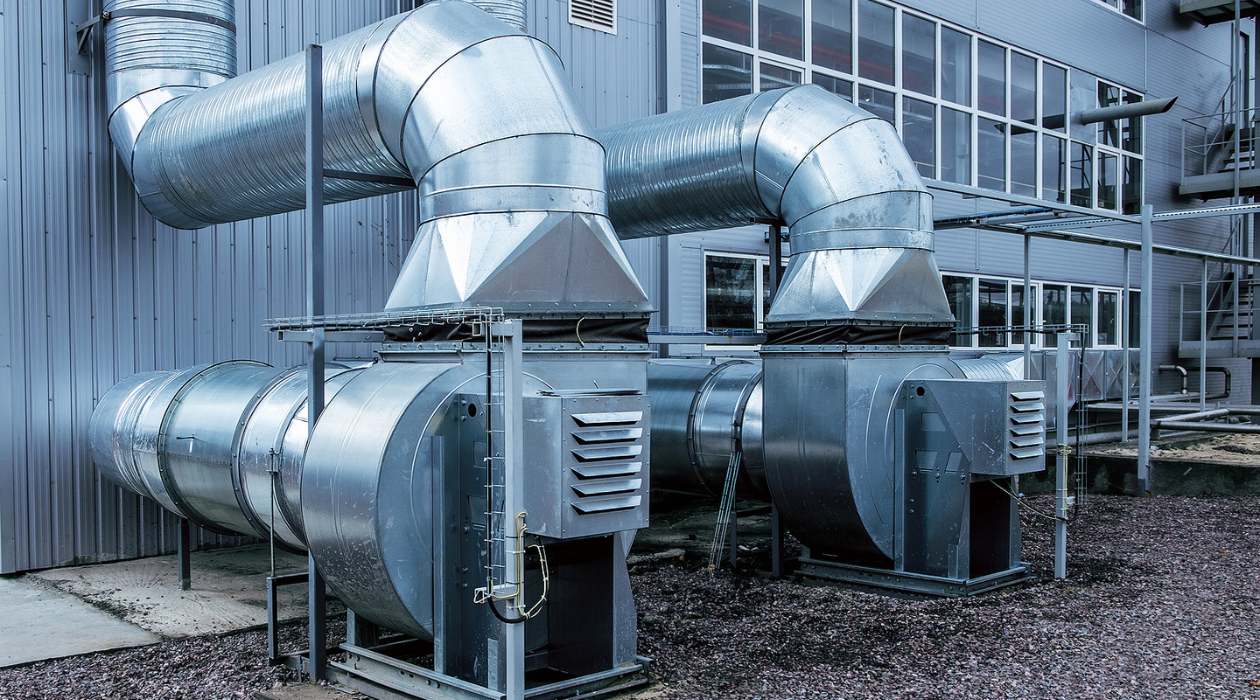
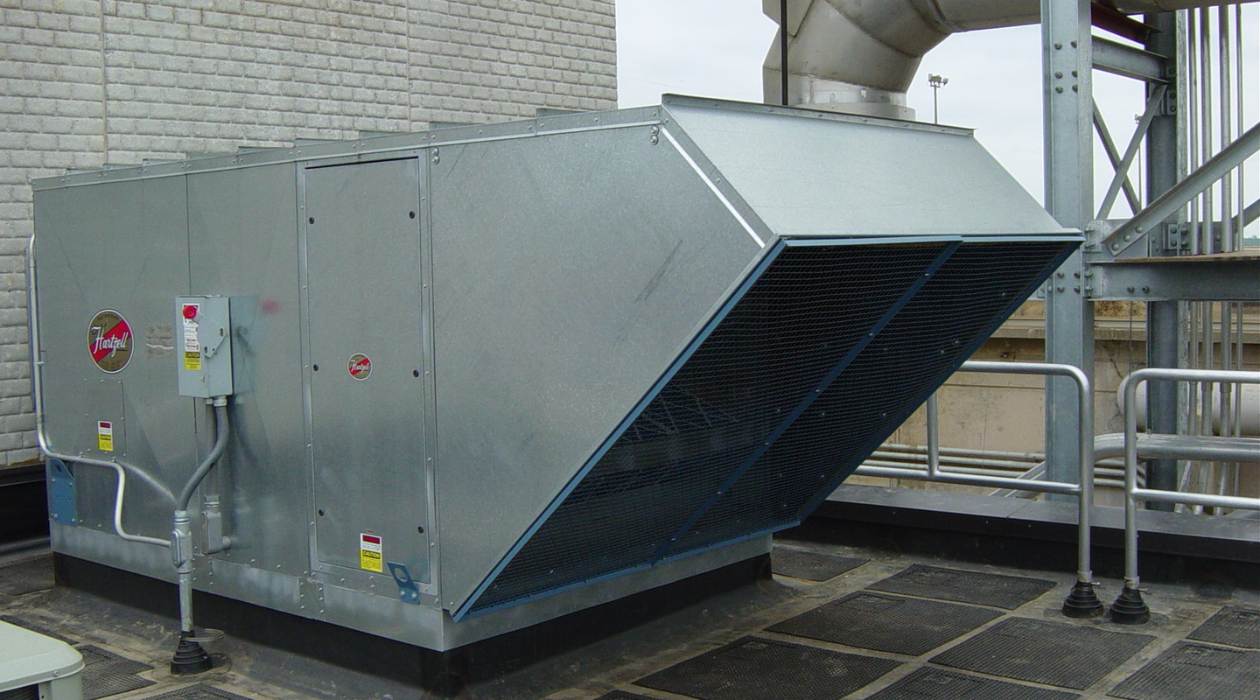
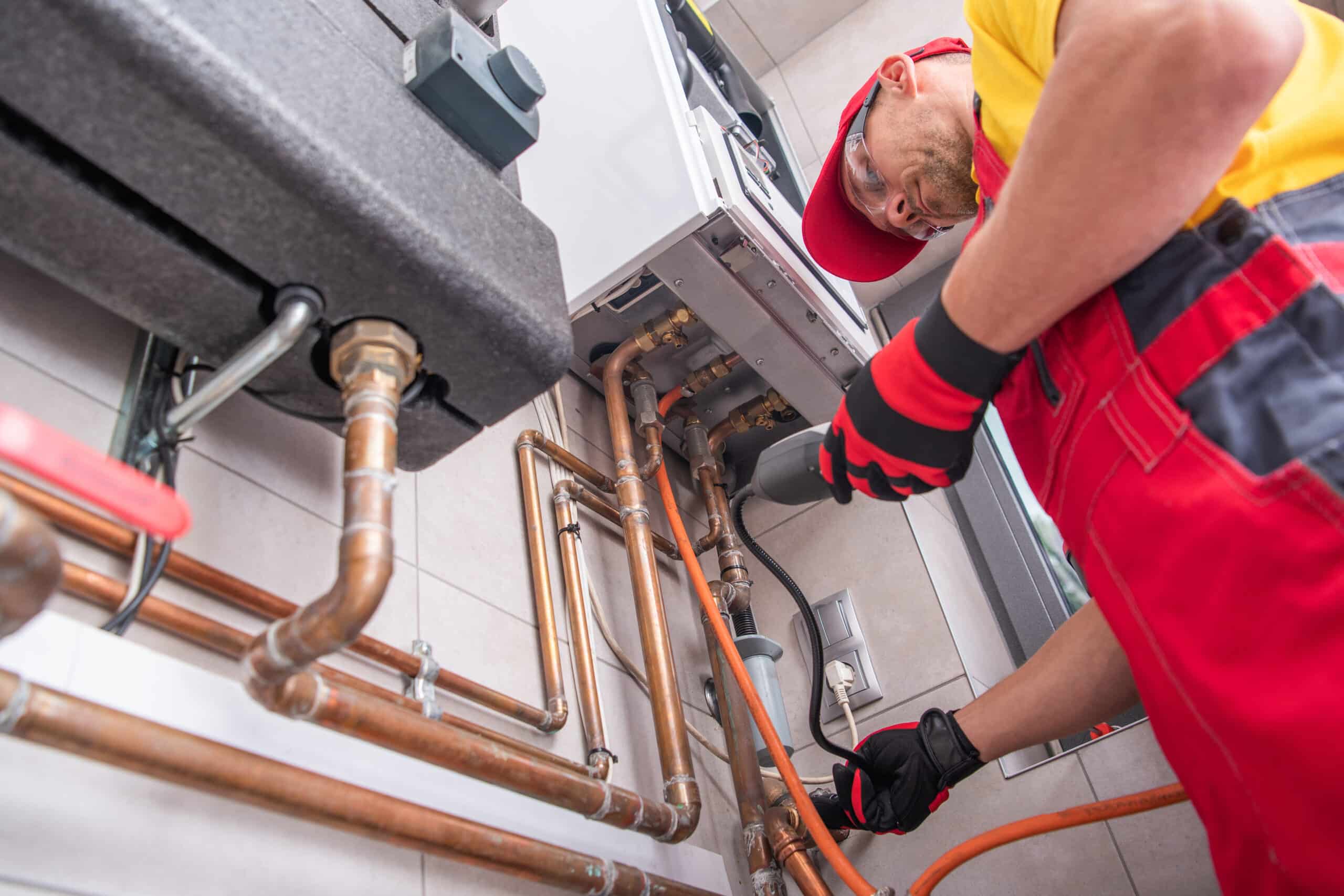
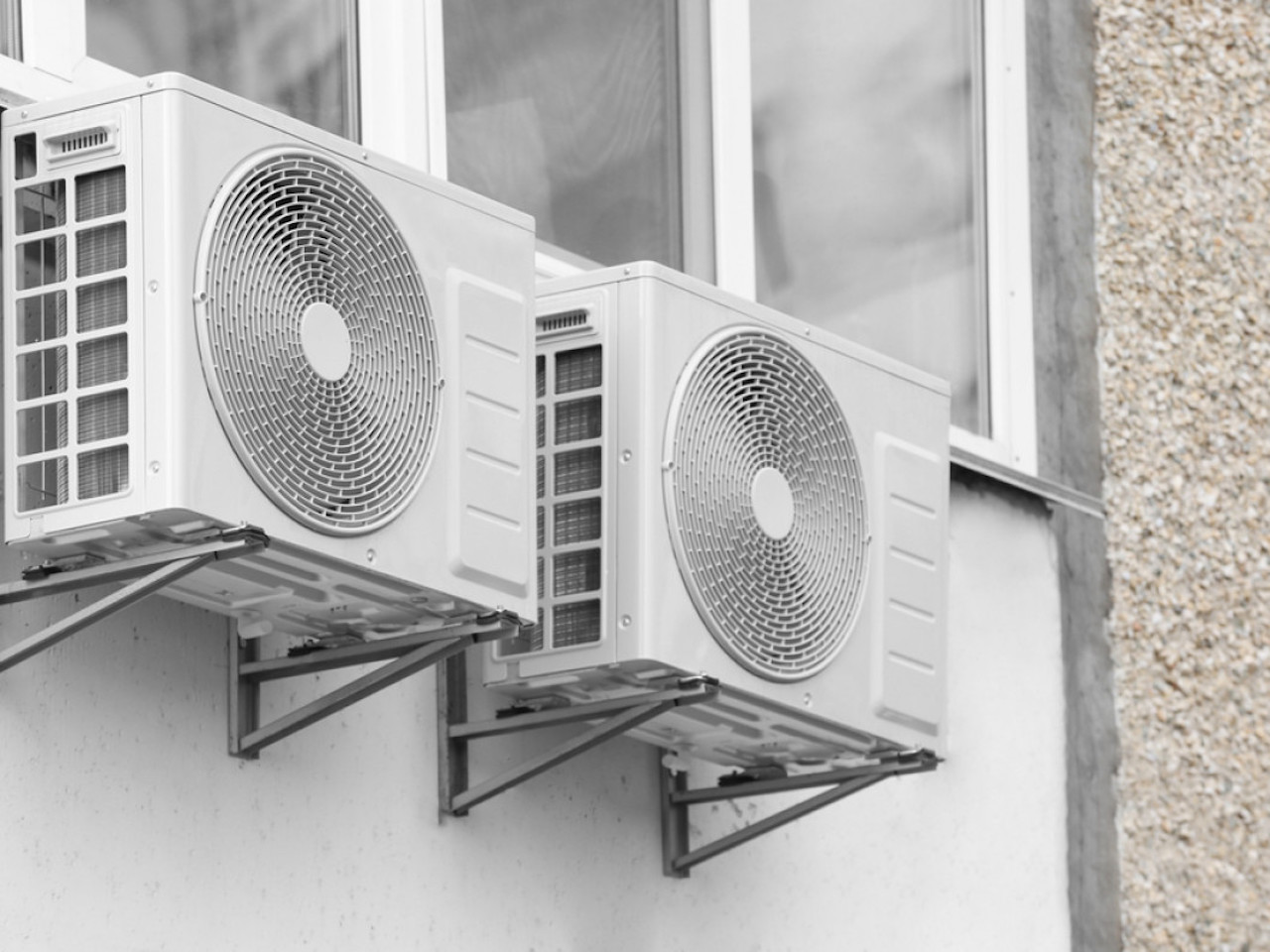

0 thoughts on “What Is A Condenser In HVAC”